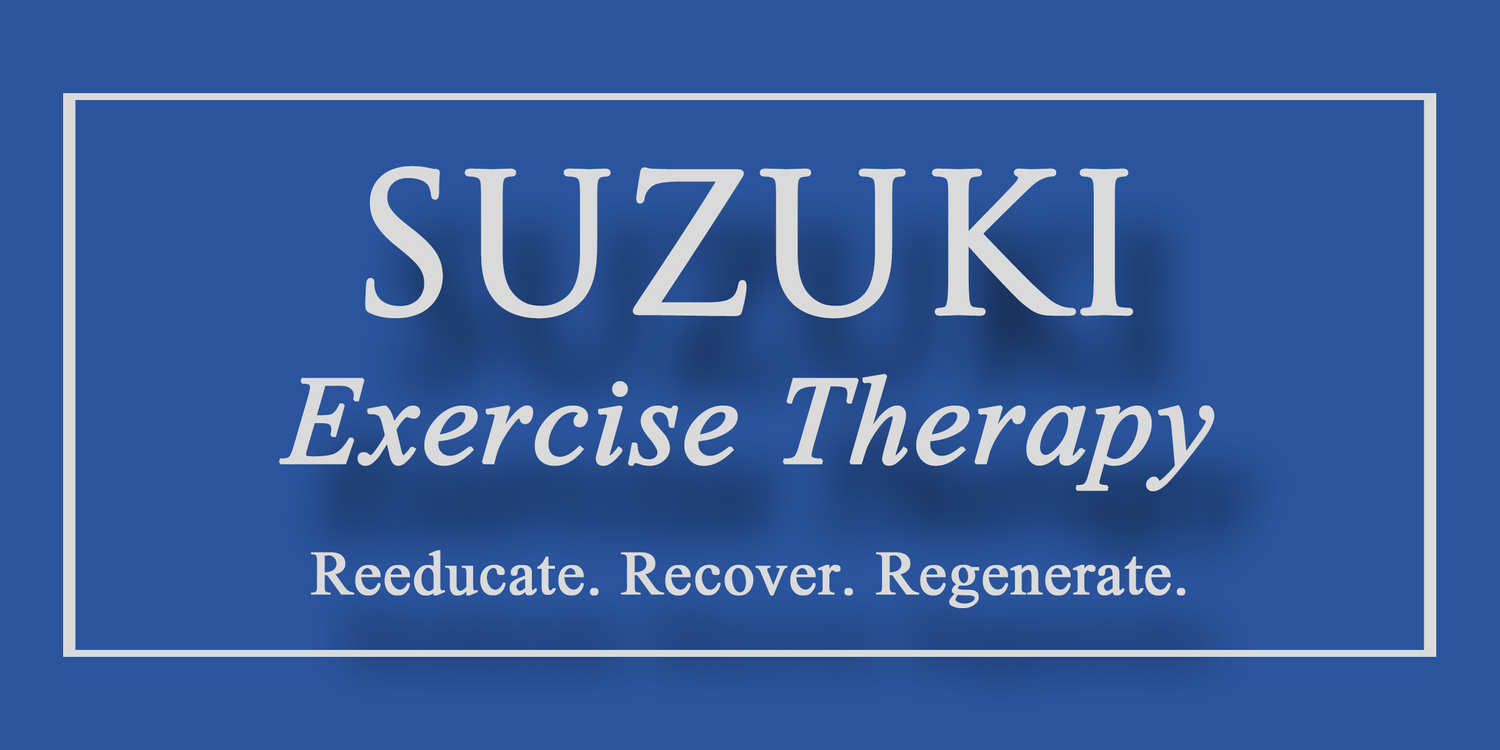Hypertrophy 101
By Boko Suzuki
Photography by Kacey Cole
hy·per·tro·phy
/hīˈpərtrəfē/
noun
PHYSIOLOGY
the enlargement of an organ or tissue from the increase in size of its cells.
"the hypertrophy of the muscle fibers"
Why should you care about hypertrophy if you’re not a bodybuilder? What if you don’t want to look bulky? What if you just want to look lean and toned? What if you just want to be stronger or more confident?
Here’s why: because hypertrophy can help you reach any of these goals. You can build muscle and not become bulky. You can use hypertrophy to become leaner and more defined. You can become stronger and more capable through hypertrophy. Let me explain.
First of all, the image that many of us have of hypertrophy – the pro bodybuilder, e.g. Arnold Schwarzenegger in his prime – is an extremely rarefied example. This is hypertrophy taken to its very furthest and is achieved by a vanishingly tiny percentage of the population. The statement, “I don’t want to lift weights because I don’t want to build too much muscle” is like saying, “I don’t want to take up running in case I accidentally run a two hour marathon” or “I don’t want to play pickup basketball and inadvertently start dunking.” Building muscle by mistake is SIMPLY NOT POSSIBLE.
What is possible is to become leaner (muscle is metabolically more costly than fat so muscle gain raises your resting metabolic rate, i.e. you burn more fat at rest), stronger, less injury prone and more confident. This is what’s happened to me and believe me, no one has ever accused me of being too big and bulky!
Sounds good, right? So how do you achieve hypertrophy? It helps to understand how it works. Did you know that you have the exact same number of muscles as the biggest bodybuilder in the world? Hypertrophy doesn’t increase the number of muscles in your body but it does increase the size of your muscle fibers. It does this essentially because of two things: stimulus and recovery.
Strength exercise is the stimulus and nutrition, hydration, supplementation (to a lesser extent) and sleep (to a much greater extent) are all part of the recovery. For your muscles to grow you need both stimulus and recovery and the more dialed in you are with each of these, the better your results. So here’s my basic guide to hypertrophy (I say basic because if you want to start a regimen of anabolic steroids, testosterone supplements and human growth hormone and become a pro bodybuilder, I’m not your guy. There’s lots of info on the Internet if you want to go down that rabbit hole.):
Stimulus
· If you’re getting started in strength training, I recommend lifting 3-6x/week. It’s difficult to build muscle or strength if you’re working out less than 3x/week and 7x/week will lead to burnout and injury.
· At first, you’ll get the most bang for your buck with big, compound movements like squats, lunges, deadlifts, bench press and rows. Once you’ve been lifting for a few months and you’re starting to see some results, you can then start to focus on smaller muscle groups like arms and shoulders.
· Volume is important for hypertrophy. If you wander into a gym and do a handful of pushups, that’s probably not going to be enough stimulus. A good basic guide is 10-12 total sets (think 3-4 exercises for 3 sets each) of 10-15 reps. The reps should point you toward the correct weight. If you can’t do 10 reps, the weight is too heavy for hypertrophy purposes. If you can easily do more than 15, it’s too light. You should feel challenged but at no more than 80% of your maximum effort.
· Good form matters. In fact, that’s going to be my next blog topic. It matters for two very good reasons: a) it greatly lowers the risk of injury and b) it directs the stimulus to the correct muscles so that you get the best results. I highly recommend at least a consultation with a qualified fitness professional (and no, YouTube and Instagram don’t count).
Recovery
· Sleep, sleep, sleep: Your muscles don’t grow in the gym. They grow while you sleep. Try to get 7 hours of quality sleep. Get on a consistent schedule and stick to it.
· Nutrition: Don’t overthink it. Get enough protein (1g/lb of body weight/day) and carbs (not only are carbs not evil but they give you energy and spur muscle growth) and a moderate amount of healthy fats like olive oil (even healthy fats are more than twice as calorie dense as protein and carbs so go easy) from as natural, minimally processed foods as possible. If food is not recognizable in the form that it grew, if you can prepare it instantly or order it at a drive through, it’s probably not going to contribute to your muscle growth or health.
· Hydration: again, don’t overthink it. If your pee is pale yellow or clear, you’re good. If it’s dark yellow, drink more water. If it’s any other color, see your doctor!
· Supplementation: Unless you’re an advanced lifter, things like creatine or BCAA’s are not likely to make much difference. Don’t bother with pre workouts: it’s an unnecessary source of artificial sweeteners and color dyes; if you need the caffeine, drink some coffee. Most commercial multivitamins are junk and a waste of money but because most people have some deficiencies it’s a good idea to consult with a dietitian or certified nutritionist.
That’s it – happy lifting!


